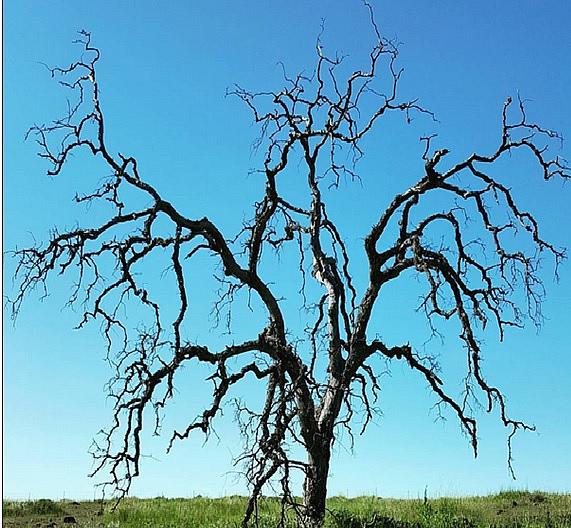Lessons from reporting on the impact of the WIC program in Indian country

Photo Credit: Samuel White Swan-Perkins
In reviewing the series that I wrote for the USC Annenberg School of Journalism School of Health Journalism, it is critical to remember that it was penned during a very different political climate than the one we are currently facing in the United States. When the piece began, the Obama administration was at the helm and relations between Washington and Indian Country looked promising. Much positive work had been done in this area over the past eight years. So, the question, in light of the current farcical administration, whom will likely face impeachment, is no longer, “What is the impact of the Women, Infants and Children (WIC) educational programs on California Native American Rancherias,” but “What happens to the food insecure populations when the U.S. government terminates relations with Native America”?
My prediction is that Indian Country will do what it always does in times of intense political strife in the US: adapt and survive. Empowered by the successes of the campaign against the Dakota Access, Keystone XL, Sabal, and other pipelines across the US, many grassroots organizations have sprouted up across the State. The youth, and in particular, young women and members of the LGBT+ community, are leading the movement to improve their living conditions by organizing and becoming active at the local and state level. Many of them have ties to the sustainability movement, which is rooted in Traditional Ecological Knowledge (TEK). Given the pristine condition of the soil in the Sacramento Valley, and the wealth of agricultural resources and entities across California, I anticipate a small scale “bump” to the already thriving, yet loosely organized trade network that is common in tribal communities. It is possible that tech will play a part in this, which would open up the possibility for training in basic code and program architecture, paths that are often closed to Native youth and young adults. A partnering of youth leaders in tech, ag and tribal sovereignty along with seasoned investors and tribal elders and tradition bearers could easily put address the looming issue of food insecurity in California Indian Country. All of the tools are there; a well organized consortium of tribes might even create a small economy, were all of the pieces of the puzzle in place.
It is worth mentioning that one side effect of the impact that the Oroville Dam Spillway Disaster in early 2017 is the subsequent loss of millions of salmon eggs that had been so lovingly conserved and protected by the workers and volunteers in the fish hatchery. Situated directly below the dam, the hatchery was impacted by the failure of the spillway and as such, disaster struck. This loss, compounded with an already anticipated low return rate on this years seafaring salmon, means an immeasurable impact on the local California Native American Nations. This impact will not only affect pantries, but politics and everyday practices that are germane to California tribal life.
Given the sensitivity of the topic, a journalist who wishes to cover such a story would do well to be knowledgeable not only about the history of the United States government in California, but also have some insight into the highly complex world of tribal jurisprudence and intertribal politics; a heart for social justice and grassroots organizing, and a patient streak a mile wide. The patience is to be reserved not for one's sources or for the tribal entities themselves, but for the inherently flawed system that the recipients of the WIC program live under. At the local grassroots level, it seems WIC staff are doing their level best to provide services while adhering to some inherently flawed policies and practices higher up the Federal Government's Chain of Command. My research revealed many earnest attempts by WIC employees to do right by their clients. But local staff, often tribal members themselves, with little or no formal training or education, have little recourse over policy change in Sacramento, and feedback from some WIC participants/informants suggests that the current rules are so prohibitive as to make them question the point of participating in the first place. In fact, after press of the last article, there has been a small stir of organizing in the North Valley around how groups might organize in the goal of obtaining and distributing their own stores of organic fruits, vegetable and cage free eggs, in addition to game meats that are occasionally obtained in season.
The journalist who takes on such a complex, controversial and ultimately confounding subject would also further their research by studying, in depth, the advances made in this particular vertical under the Obama administration and then compare that to the current political climate. The Obama Administration's relationship, in large part, represents a highmark in Native American and US Government relations. Looking ahead, from what now seems to be a growing crevasse between the two entities, this journalist anticipates a rough road; although likely we are facing a presidency that surely will not survive into a second term, so much damage has been wrought in the first 90 days of the current administration that the outlook for the next 3 years looks downright gloomy. One would also benefit from already being embedded in California Native society; indeed, it is entirely plausible that the only member of the media who could advance this topic would be an individual who is also California Native.

